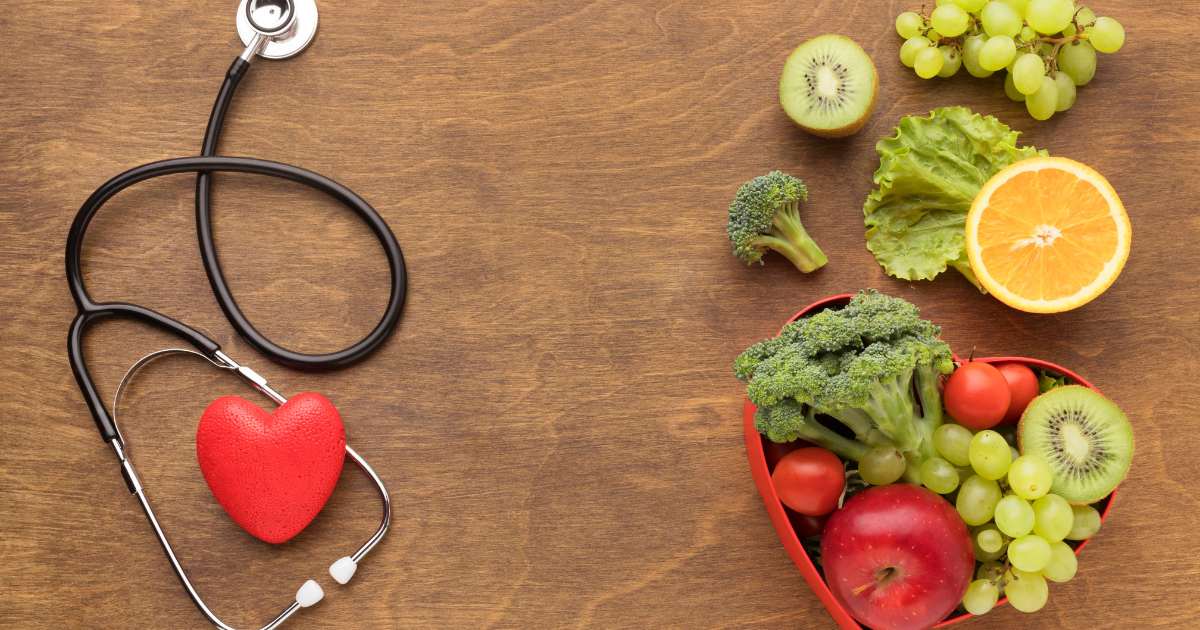When we talk about heart health, most people immediately think of fat and cholesterol. But fibre, yes, the same nutrient that keeps your digestion in check is one of the most powerful allies for your heart. Despite its importance, fibre remains one of the most neglected nutrients in the average Indian diet. In this blog, we’ll explain why your heart needs fibre, how it works, and what Indian foods are the best sources of it.
How Fibre Benefits the Heart
Fibre, especially soluble fibre, plays a critical role in cardiovascular health.
Cardiovascular Benefits:
- Lowers LDL cholesterol ("bad" cholesterol)
- Reduces blood pressure and inflammation
- Improves blood sugar levels, which indirectly protects the heart
- Promotes healthy weight, reducing heart disease risk
- Supports gut health, linked to overall cardiovascular function
Discover more about Heart Foods: Cooking Tips for Indian Kitchens.
Types of Fibre You Should Know
Fibre comes in two major forms—each offering unique health advantages.
1. Soluble Fibre:
- Dissolves in water to form a gel-like substance
- Helps lower cholesterol and blood glucose
- Found in oats, legumes, fruits like guava, apples
2. Insoluble Fibre:
- Adds bulk to stool and promotes regular bowel movements
- Keeps your digestive system healthy
- Found in whole wheat, brown rice, vegetables
Recommended Daily Fibre Intake
The Indian Council of Medical Research (ICMR) recommends around 25–40 grams of fibre daily for adults, depending on gender, age, and activity level. Unfortunately, most Indians consume far less.
General Guidelines:
- Adult women: 25–30 grams/day
- Adult men: 30–40 grams/day
Best Indian Sources of Heart-Healthy Fibre
Here are some locally available, nutrient-dense fibre sources to boost your heart health.
1. Whole Grains
- Brown rice
- Whole wheat
- Millet (bajra, jowar, ragi)
- Barley (jau)
2. Legumes and Pulses
- Rajma (kidney beans)
- Chana (chickpeas)
- Moong dal
- Masoor dal
3. Fruits
- Guava
- Apples
- Bananas
- Papaya
4. Vegetables
- Carrots
- Beans
- Broccoli
- Green peas
5. Nuts and Seeds
- Flaxseeds
- Chia seeds
- Almonds (in moderation)
- Sunflower seeds
How to Add More Fibre to Your Indian Diet
Simple dietary changes can increase your daily fibre intake without compromising taste or tradition.
Practical Tips:
- Switch from white rice to brown rice
- Choose whole wheat or multigrain chapatis
- Add sprouts or legumes to salads
- Eat fruits with skin (e.g., apple, guava)
- Snack on roasted chana or nuts instead of fried items
- Use bran or psyllium husk (Isabgol) in porridge
Read Portion Control: The Indian Guide to Heart-Smart Eating to balance fibre intake with overall calories.
Fibre and Other Heart Conditions
Fibre has a protective effect not only against heart attacks but also in other heart-related disorders.
Benefits in Specific Conditions:
- High Blood Pressure: Fibre reduces systemic inflammation
- Diabetes: Soluble fibre slows glucose absorption
- High Cholesterol: Binds bile acids, lowering cholesterol
- Obesity: Promotes satiety and reduced calorie intake
Things to Keep in Mind
While fibre is essential, excessive intake too quickly can cause digestive issues.
Dos and Don’ts:
- Do: Increase fibre gradually to avoid bloating
- Do: Drink enough water with high-fibre meals
- Don’t: Rely on fibre supplements as a primary source
- Don’t: Ignore other nutrients like protein and good fats
When to See a Doctor
Sometimes, symptoms like persistent bloating or constipation may indicate underlying issues. If adding fibre doesn’t resolve the problem, consult your doctor.
Possible Red Flags:
- Chronic digestive discomfort
- Sudden change in bowel habits
- Inexplicable fatigue or weight loss
Final Thoughts: Fibre is Your Heart’s Silent Guardian
In a world filled with fast food and quick meals, fibre is often overlooked. Yet it’s one of the simplest, most effective ways to protect your heart and overall health. With so many accessible, Indian-friendly options—from legumes to whole grains—there’s no excuse to miss out on this heart-smart nutrient.
Start today. One roti, one fruit, one bowl of dal at a time can pave the path to a stronger, healthier heart.
Authoritative External References:



